Java moss, scientifically known as Taxiphyllum barbieri, is a small and slow-growing aquatic plant that is native to Southeast Asia. It is a popular plant among aquarium hobbyists due to its versatility and ease of care, making it an excellent choice for both beginner and experienced aquarists.
Java moss is a member of the Hypnaceae family and is a hardy plant that can survive in a wide range of water conditions. It can tolerate a pH range of 5.0 to 8.0 and can thrive in both soft and hard water. This makes it a suitable plant for various aquarium setups, from simple fish bowls to complex planted tanks.
One of the significant advantages of Java moss is its ability to adapt to different water conditions, making it a low-maintenance plant. It is a small plant that typically grows up to 4 inches in height and has small, feathery, and dark green leaves that grow in a branching pattern. It can be attached to objects such as rocks, driftwood, or even substrate, providing a natural hiding place for fish and shrimp.
Java moss can be propagated easily by cutting the plant into smaller pieces or dividing it into smaller sections. The plant can grow relatively quickly once established, and new growth can be encouraged by providing adequate lighting and nutrient-rich water. This makes it an excellent choice for aquarists who want to create a lush and vibrant aquascape without much effort.
Another significant advantage of Java moss is its ability to improve water quality by absorbing nitrates and other harmful substances from the water. This helps to maintain a healthy and stable environment for fish and other aquatic life in the aquarium. Java moss can also provide a natural source of food for fish and shrimp, making it an essential part of a well-balanced ecosystem.
In addition to its practical benefits, Java moss is also an attractive plant that can enhance the aesthetic appeal of the aquarium. Its small and delicate leaves create a beautiful and natural-looking aquascape that can be enjoyed by both the aquarist and the aquarium inhabitants.
However, like any other plant in the aquarium, Java moss does require some maintenance to keep it healthy and looking its best. Regular pruning and cleaning of debris are essential to prevent the plant from becoming overgrown and obstructing the view of the aquarium. Excessive algae growth can also occur if the plant is not properly maintained, which can be unsightly and harmful to fish and other aquatic life.
One of the easiest ways to maintain Java moss is to regularly trim and prune the plant. This can be done by gently pulling the plant and trimming the excess growth with scissors or aquarium scissors. This helps to maintain the plant’s shape and prevent it from becoming overgrown and unsightly.
It is also essential to clean the plant regularly to remove debris and dead leaves. Dead leaves and debris can rot and release harmful substances into the water, which can be harmful to fish and other aquatic life. Regular cleaning of the plant can also prevent excessive algae growth, ensuring that the aquarium remains healthy and visually appealing.
In conclusion, Java moss is a versatile and low-maintenance plant that is an excellent addition to any freshwater aquarium. It is easy to care for and provides numerous benefits, including improving water quality, providing a natural source of food, and enhancing the aesthetic appeal of the aquarium. With proper maintenance and care, Java moss can thrive in a wide range of water conditions and provide years of enjoyment for aquarium hobbyists.
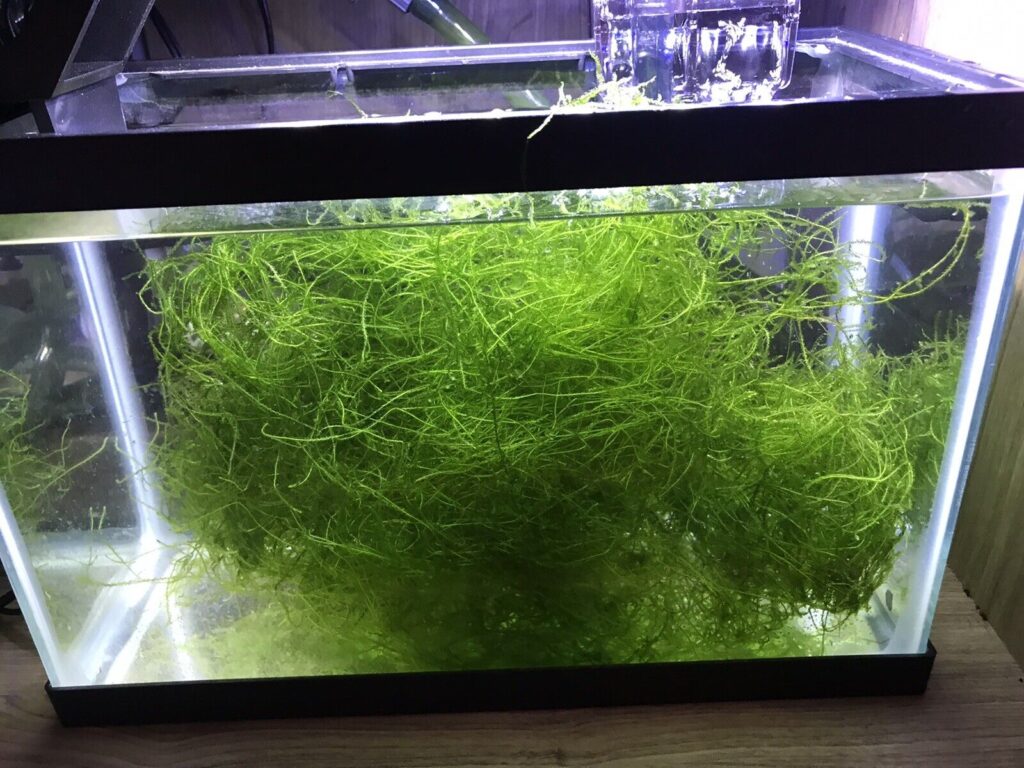
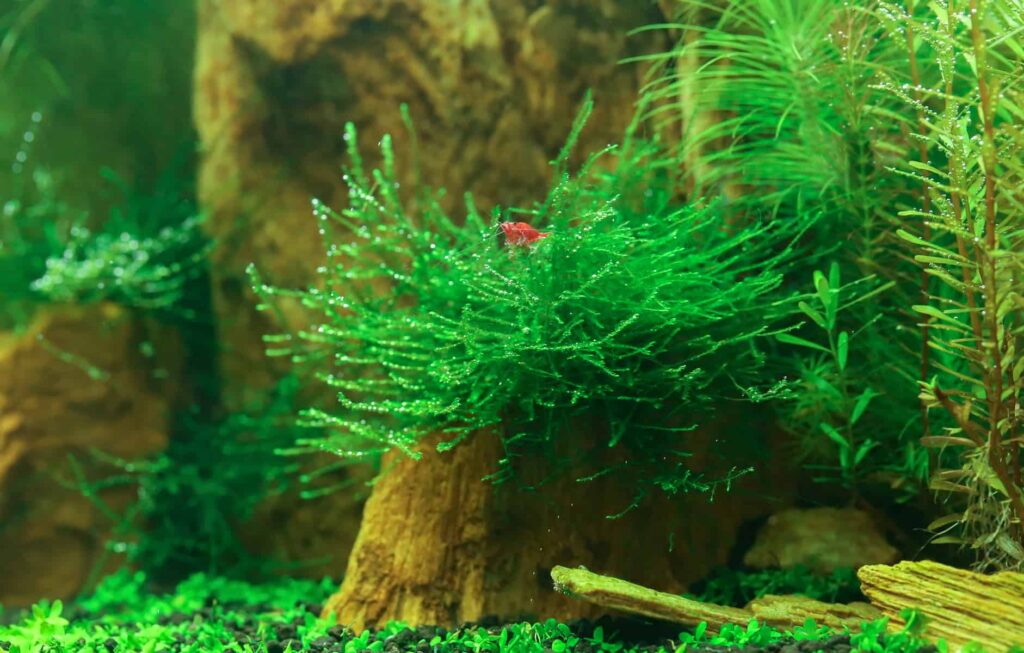
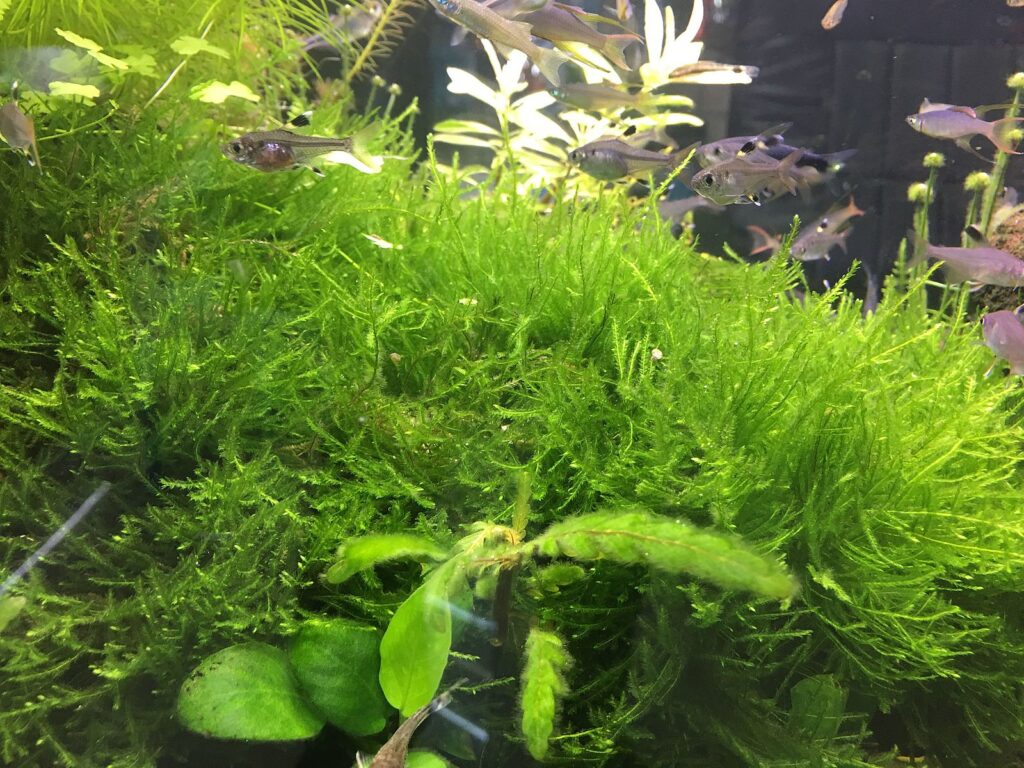
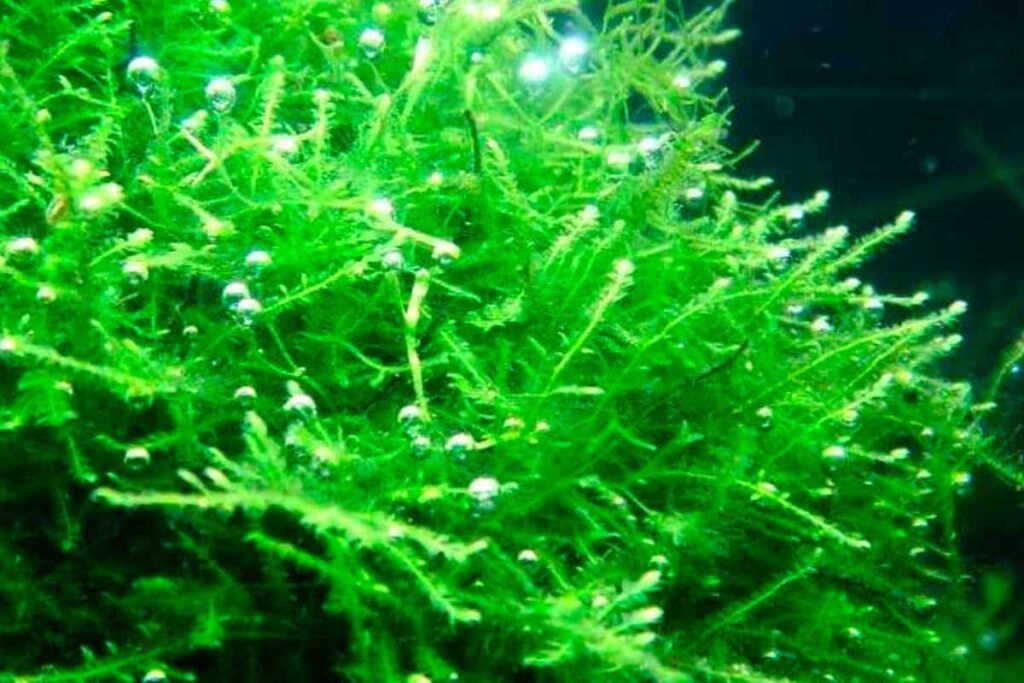
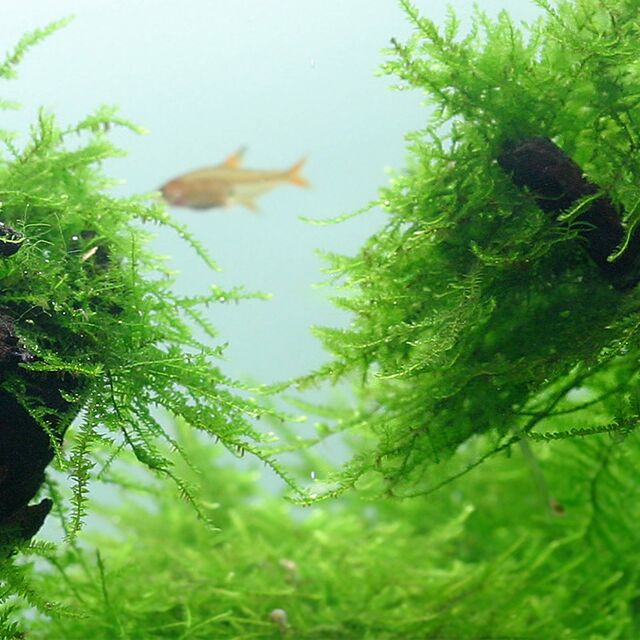
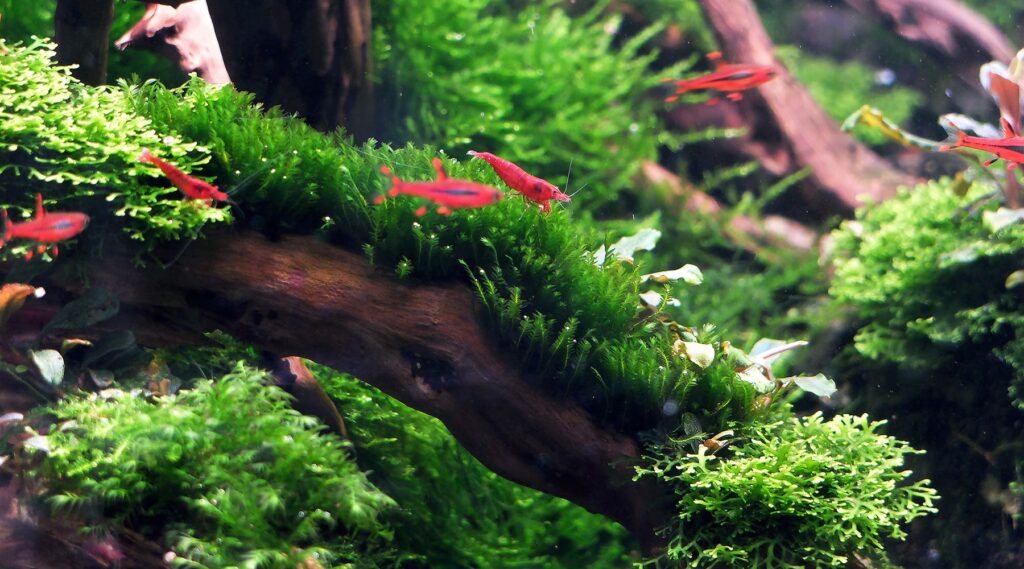
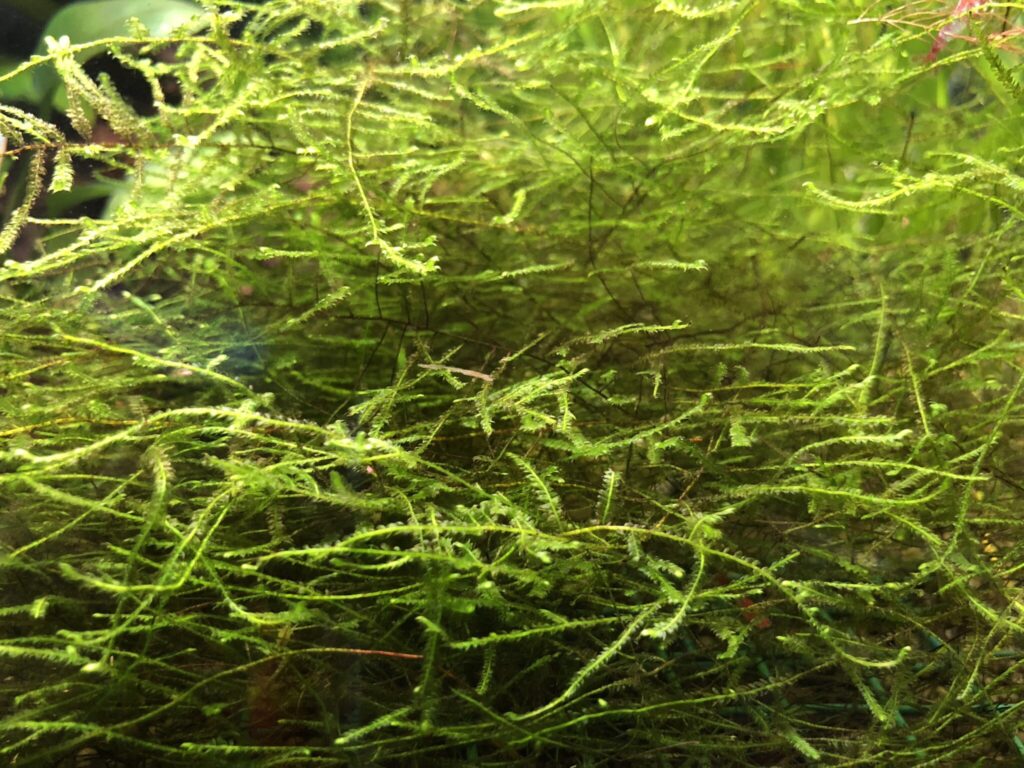
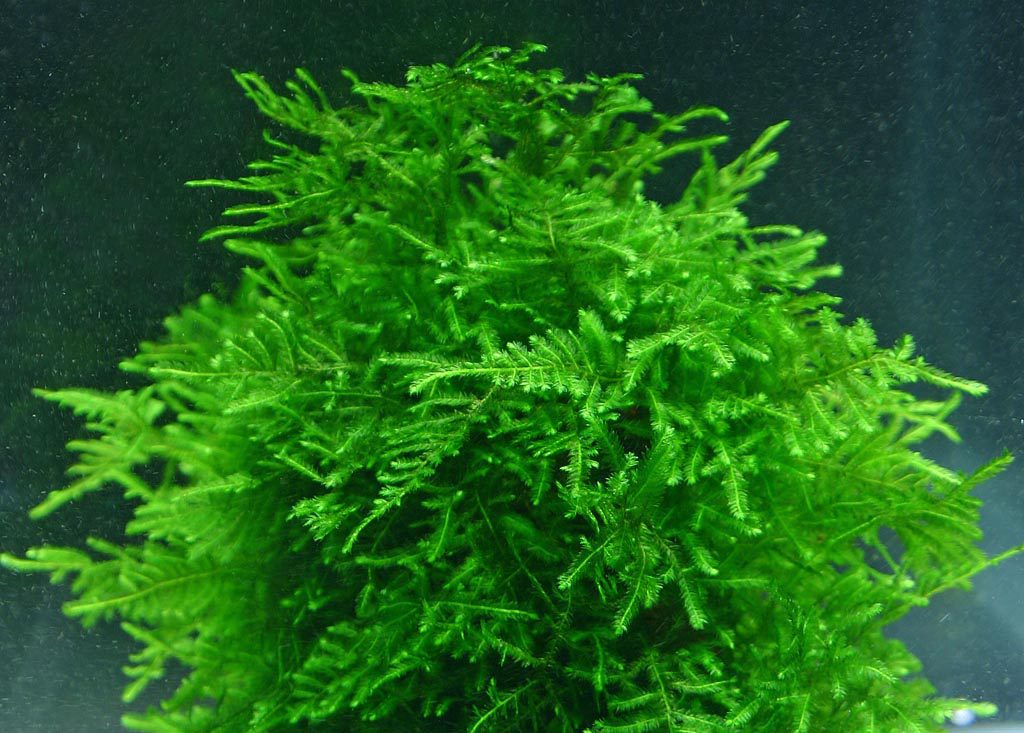
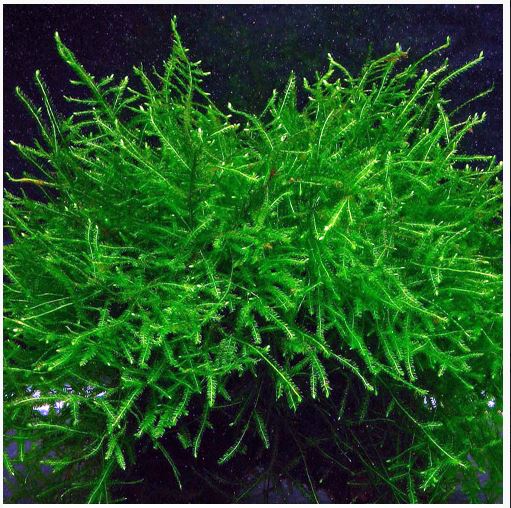
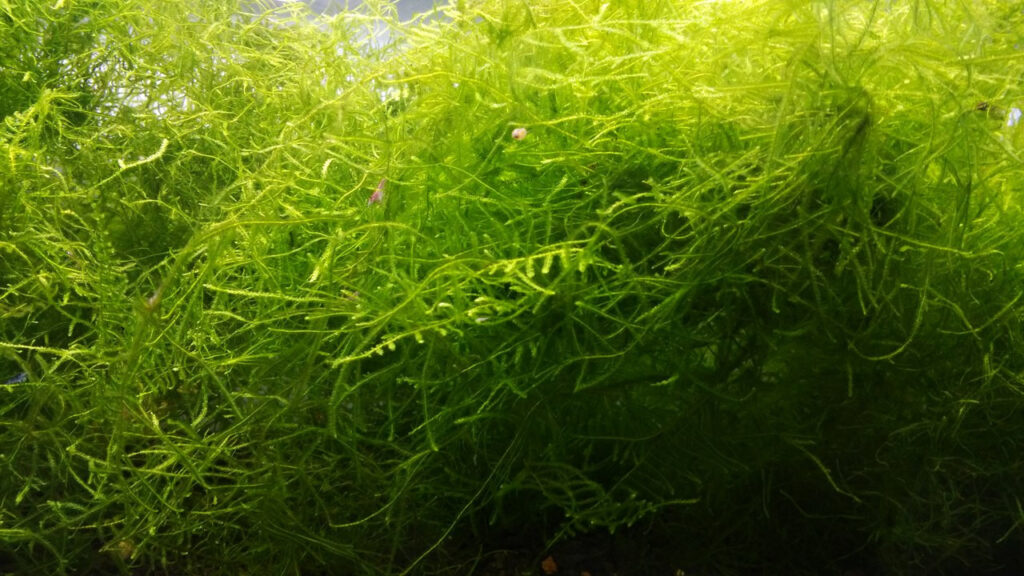
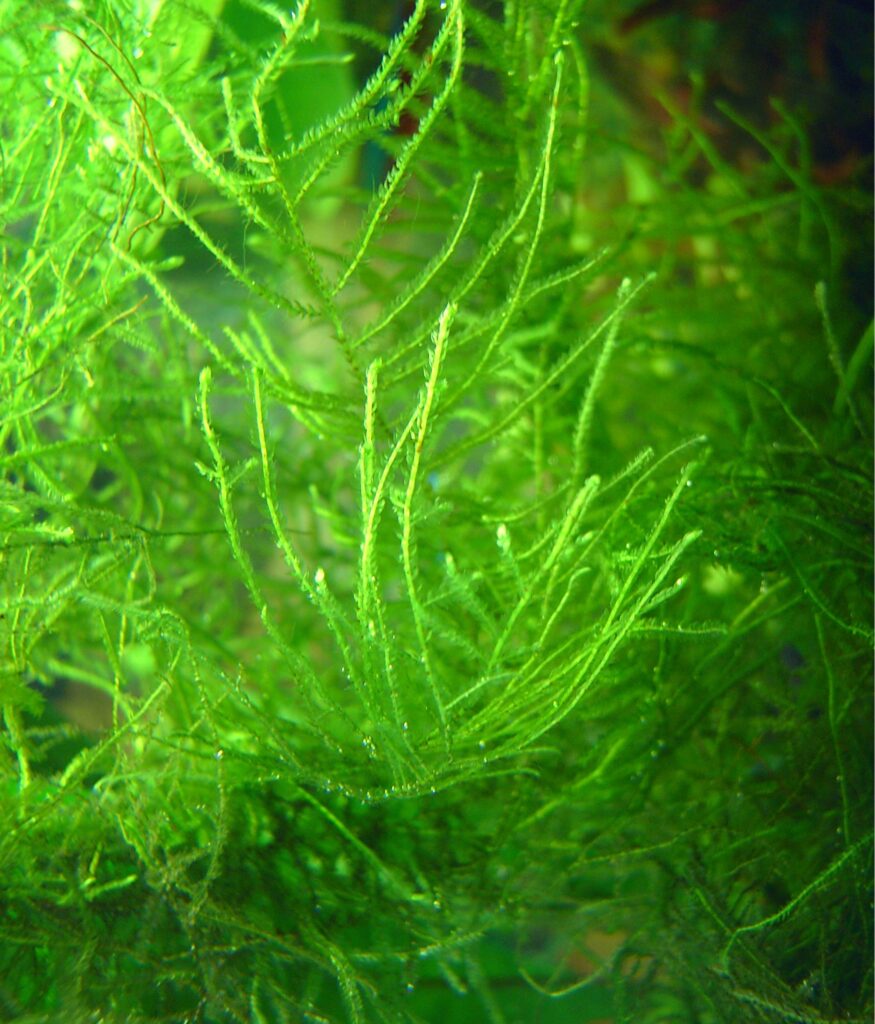

![]()
